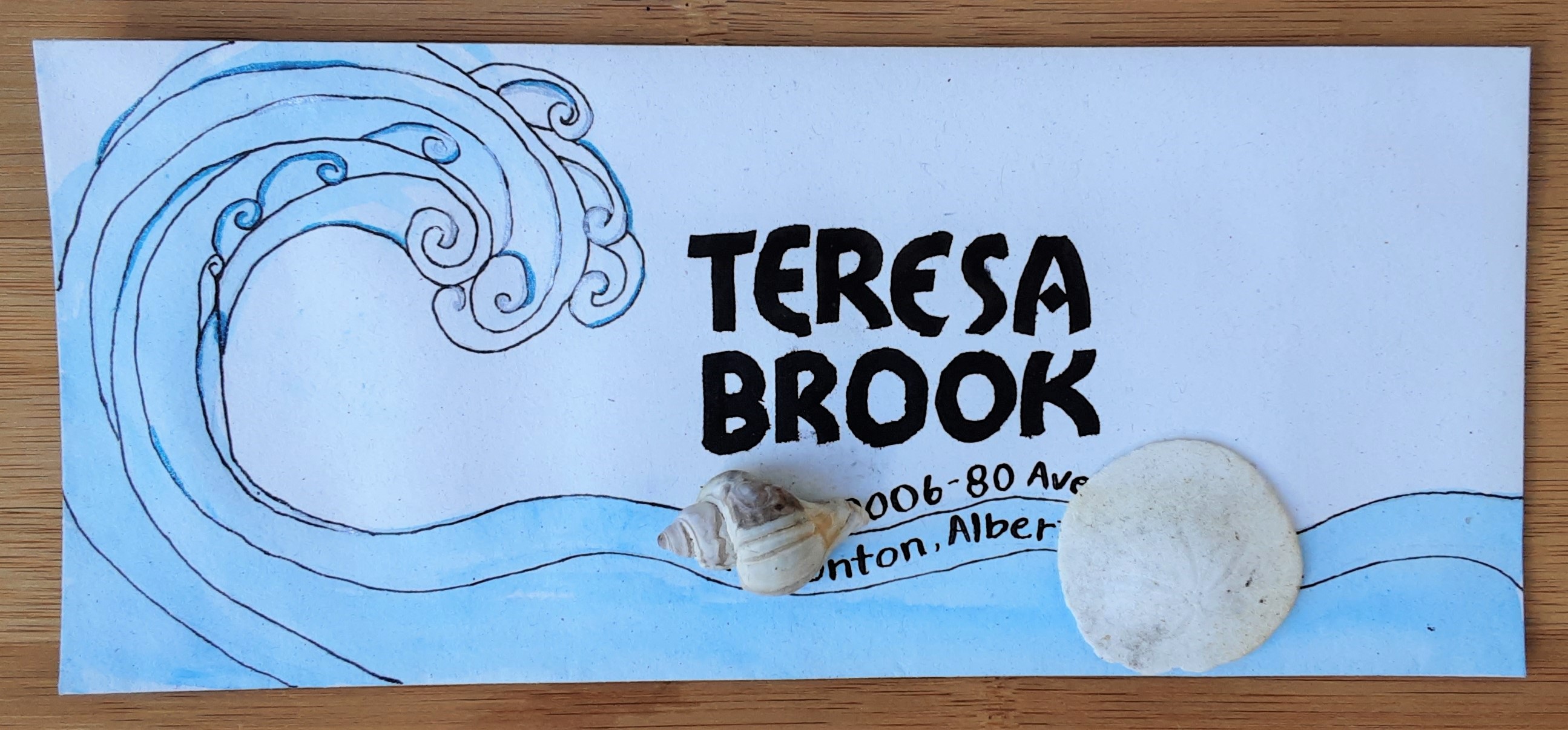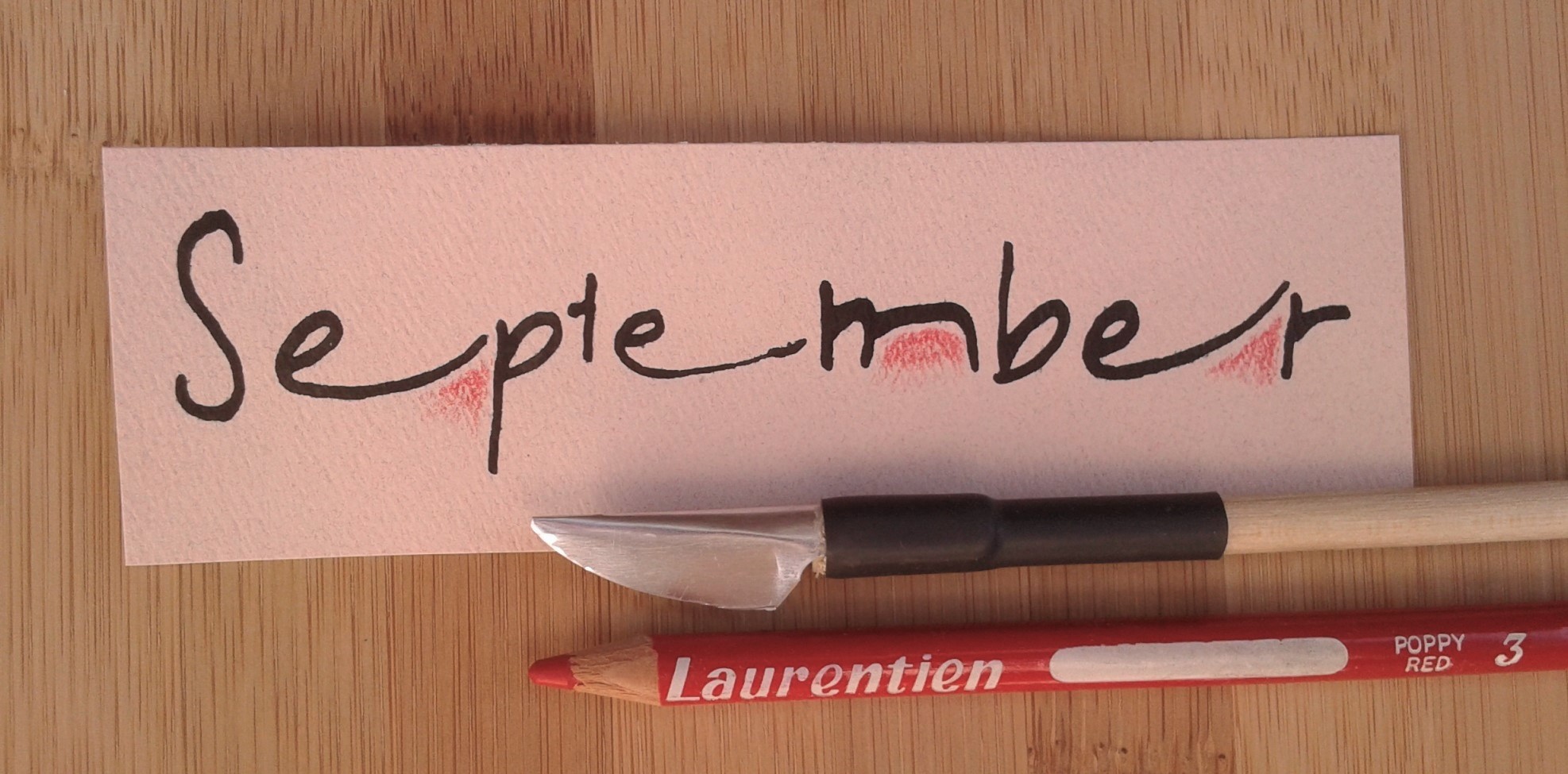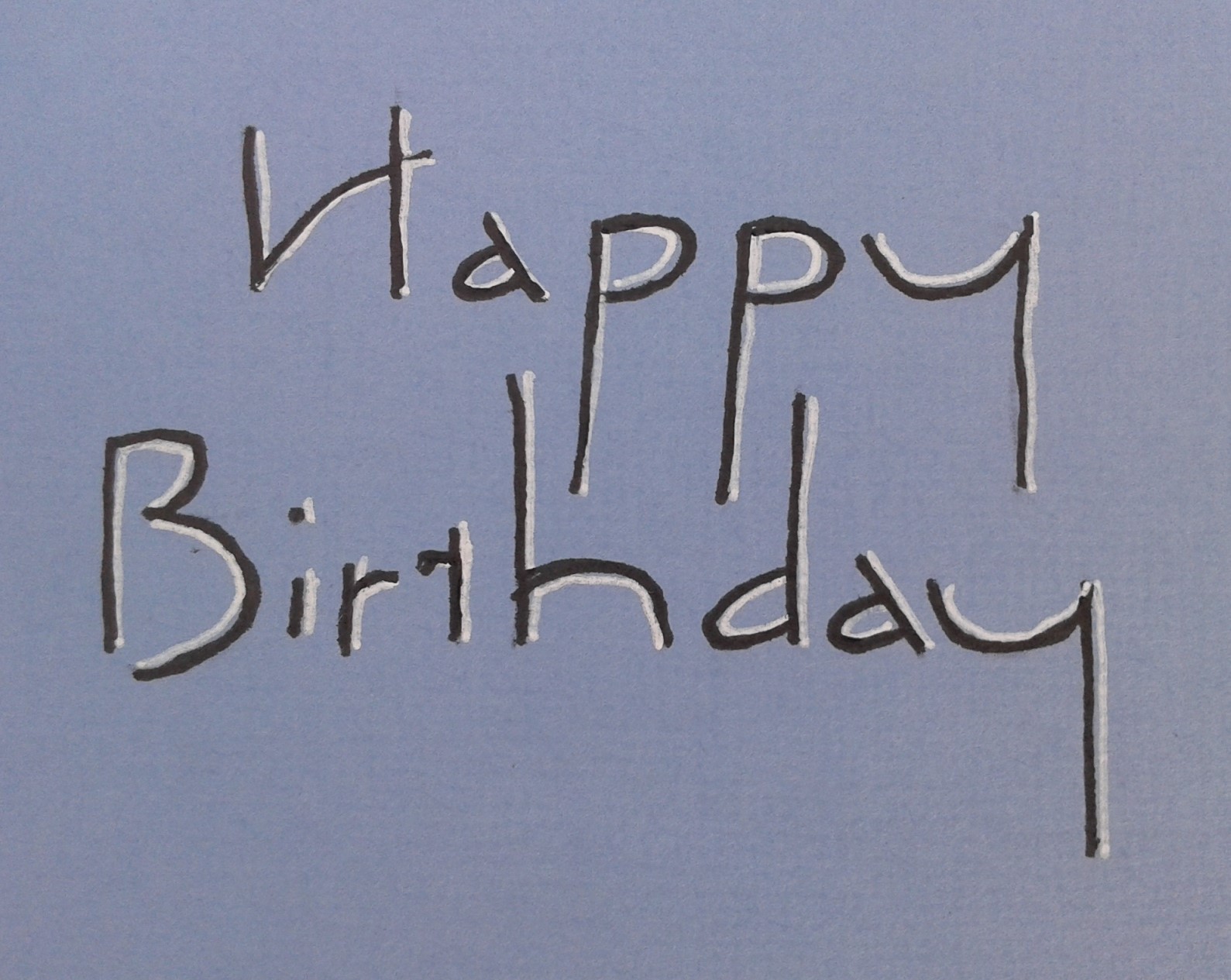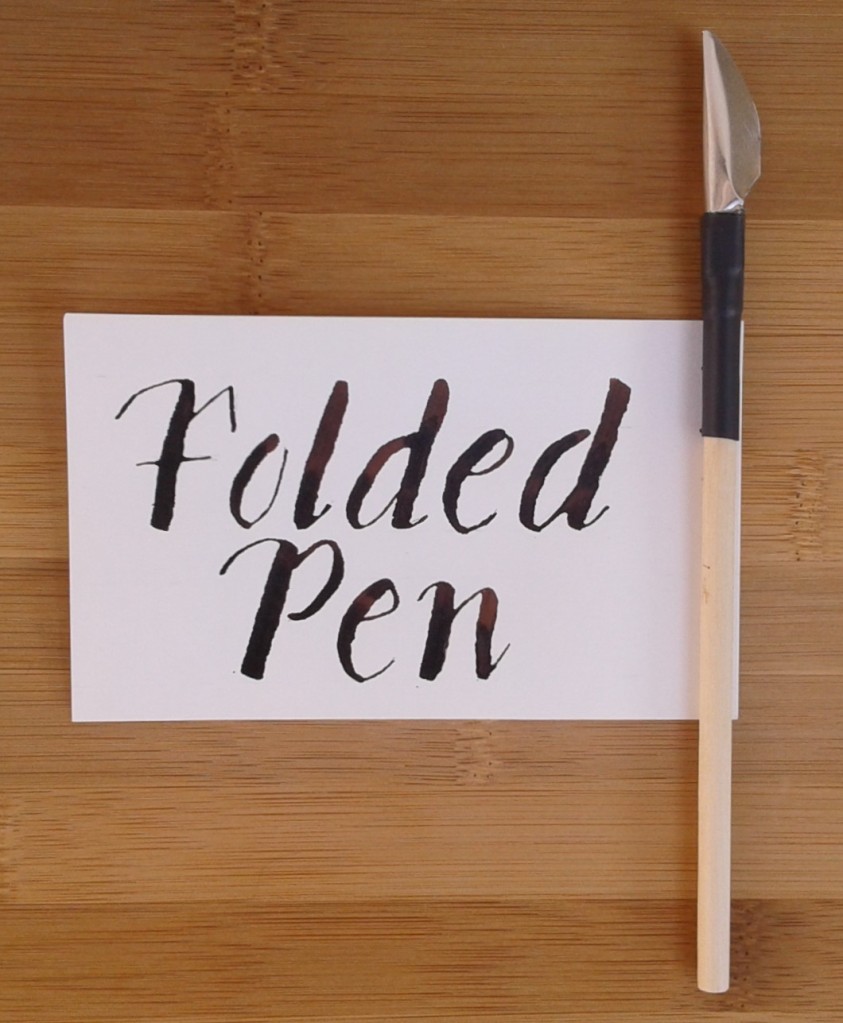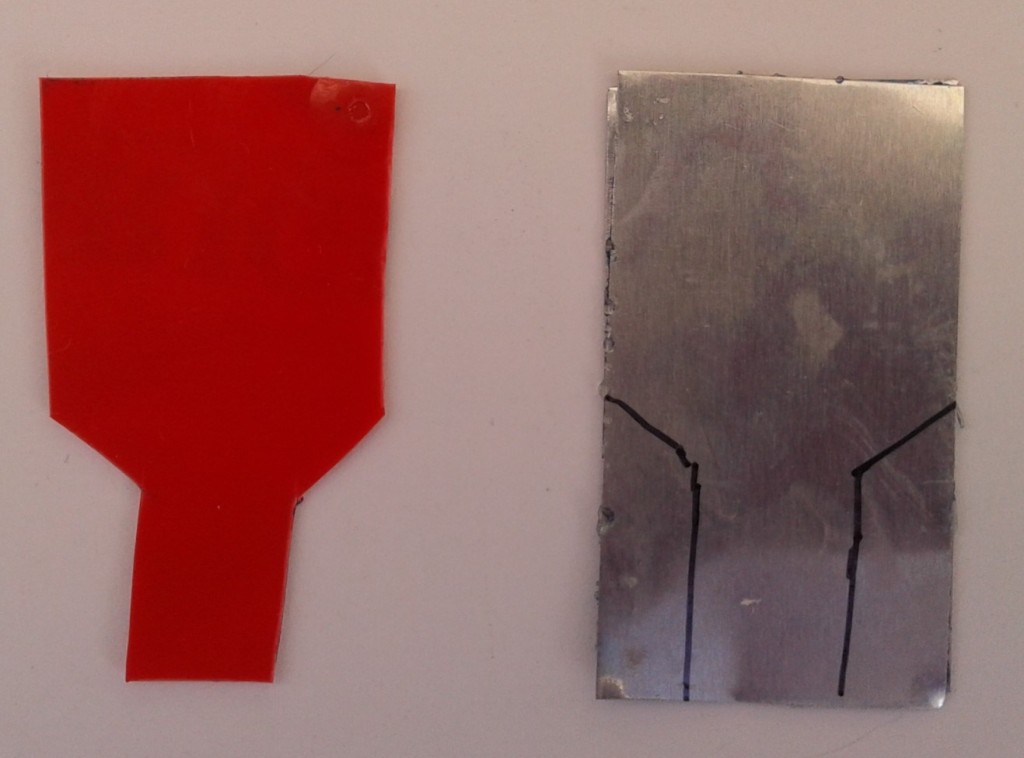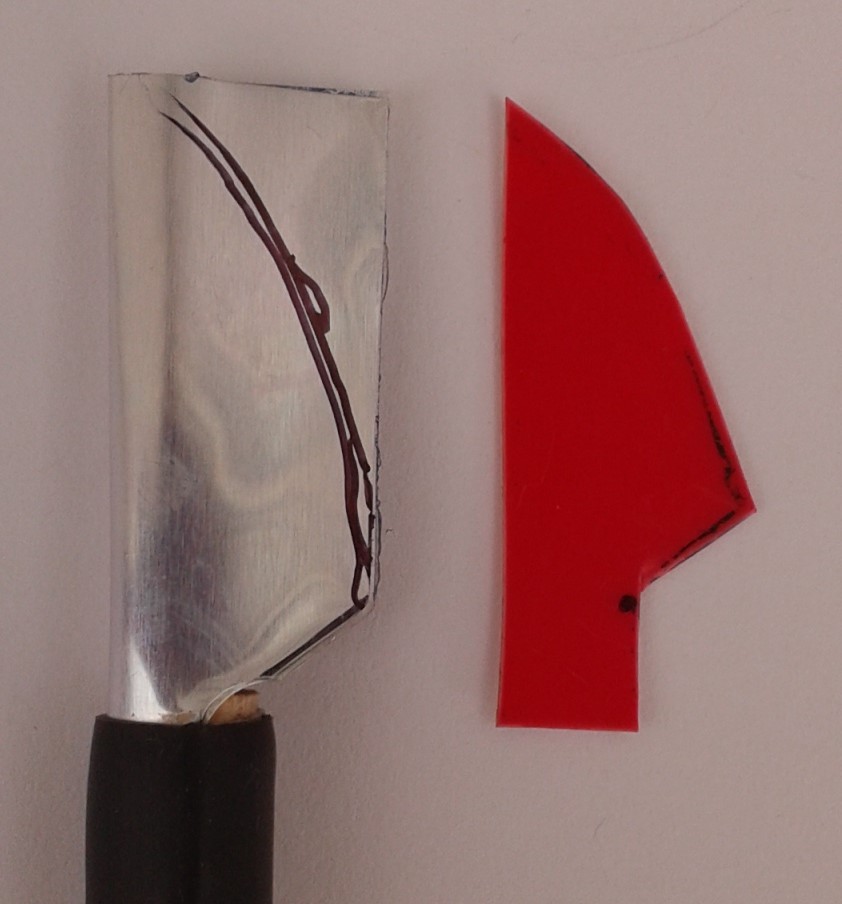
Back in April, the Edmonton Calligraphic Society invited Cora Pearl of Portland, Oregon to teach Ben Shahn lettering at their monthly zoom class. She was a very good teacher probably because she teaches at a community college as well as at calligraphy conferences and her own classes. I liked how she broke everything down into logical steps. She started doing calligraphy at age eleven and since then has completed a BA in art and art history. Although her teacher, Sheila Waters, hated this style of lettering, she loves how it breaks rules in that it is not mathematical or even regular. The letters are all the same height except when they are not, there is a mix of chunky and curved lines, and he loved ligatures where two letters are joined together.

Ben Shahn (1898-1968) was an American painter, printmaker and photographer, as well as an inventor of letterforms. He was born in Lithuania and his experiences as a poor immigrant led him to left-wing politics. Although he started out apprenticing as a lithographer, he pursued art training and was drawn to social realism and later, photography. His painting and photography definitely tended to be about serious subjects but his lettering style is whimsical. I like the playful look but as I usually use calligraphy for letters and cards, I haven’t found this style is particularly useful for the projects I do.

Recently I have been volunteering for our local Shakespeare in the Park festival. I have been attending this festival for many years and always find there is at least one quote from every play where I say to myself, so that’s where that came from. Here are some examples from the two plays the Freewill Players are performing this summer:
- Measure by Measure: “What’s mine is yours and what is yours is mine.” (Duke, Act 5 Scene 1)
- Midsummer Night’s Dream: “The course of true love never did run smooth.” (Lysander, Act 1 Scene 1)
I tried Ben Shahn lettering on a quote from The Merchant of Venice. While some aspects of that play are problematic, I think Ben Shahn would have liked the spirit of this quote.

If Ben Shahn lettering were a person, they would be aware of life’s injustices but still know how to have fun in a playful and unique way.





